THE SECOND MILE STORY
Second Mile Haiti began as a vision for change.
In 2010, Jenn Schenk and Amy Syres (then 23 and 24) were living full-time in northern Haiti and volunteering at an infant care center and orphanage. The center took in children who were abandoned, as well as undernourished and sick infants whose caregivers were out of options.
At the time, the Haitian government had estimated that one in ten children in Haiti were living in an orphanage and that 80% of these children had living family members. Jenn and Amy met these family members when they came to the care center with their severely malnourished infants. Due to their dire poverty, the "orphanage" was their last hope to get their child the food, medicine and care they so desperately needed.
These families did not want to give up their children— they did so out of necessity.
After taking in and rehabilitating these children, they were either adopted by families outside of Haiti, or returned to their Haitian homes. These reunifications were seldom successful, as the initial cause of the child’s decline in health— lack of resources and education of their caretaker— had not been addressed. Months later, many of these families were knocking on the center’s door once again.
It was deeply disheartening to see so many fragile children endure ongoing illness,
and so many loving parents experience such profound defeat.
So they started asking questions.
What could be done to decrease the number of children who are chronically and repeatedly malnourished? How could parents be empowered to care for their children without feeling compelled to give them up completely? What kind of support could help the poorest and most vulnerable women while ensuring their autonomy, dignity, and self-sufficiency?
And most importantly: How could families be kept together?
As simple as "keeping families together" seems, this line of thinking was rare in post-earthquake Haiti, where new orphanages seemed to pop up daily. That’s when they started to dream of an alternative solution.
Their vision was to build a live-in recovery center where malnourished children could be cared for by their parents, with the support of health educators and nurses. This would give caregivers the opportunity to gain a better understanding of health and nutrition while simultaneously promoting confidence in their ability to care for their children. Parents would also take classes in business and graduate with a stipend to launch their own micro-enterprise. Not only would these caregivers leave with a healthy child, they would leave empowered with knowledge, confidence and opportunity to assure they both continued to thrive.
It would be the second mile — beyond bandaids and handouts,
towards sustainable solutions for families in Haiti.
They left their volunteer posts in Haiti in October 2011, and returned to the United States to start the process of putting their dream into action.
It was just three months of sleeping on buses, toddler beds and couches while spreading work of their plans with friends, family, and whoever would listen before they returned to Haiti. At the ages of 24 and 25, most people thought they were crazy to create something like this from scratch, but there were a few strong supporters who trusted their passion and vision. They started blogging, opened a bank account, did a few small fundraisers in their home towns, and filed to become a non-profit.
By January 2012, they were back in Haiti with just two suitcases in hand. In the first year, they purchased land, planted gardens, built three multi-function buildings, and hired four Haitian employees — all while spreading the word of their program and building relationships with the community around them.
On Mother’s Day in 2013, Second Mile Haiti opened its doors.


